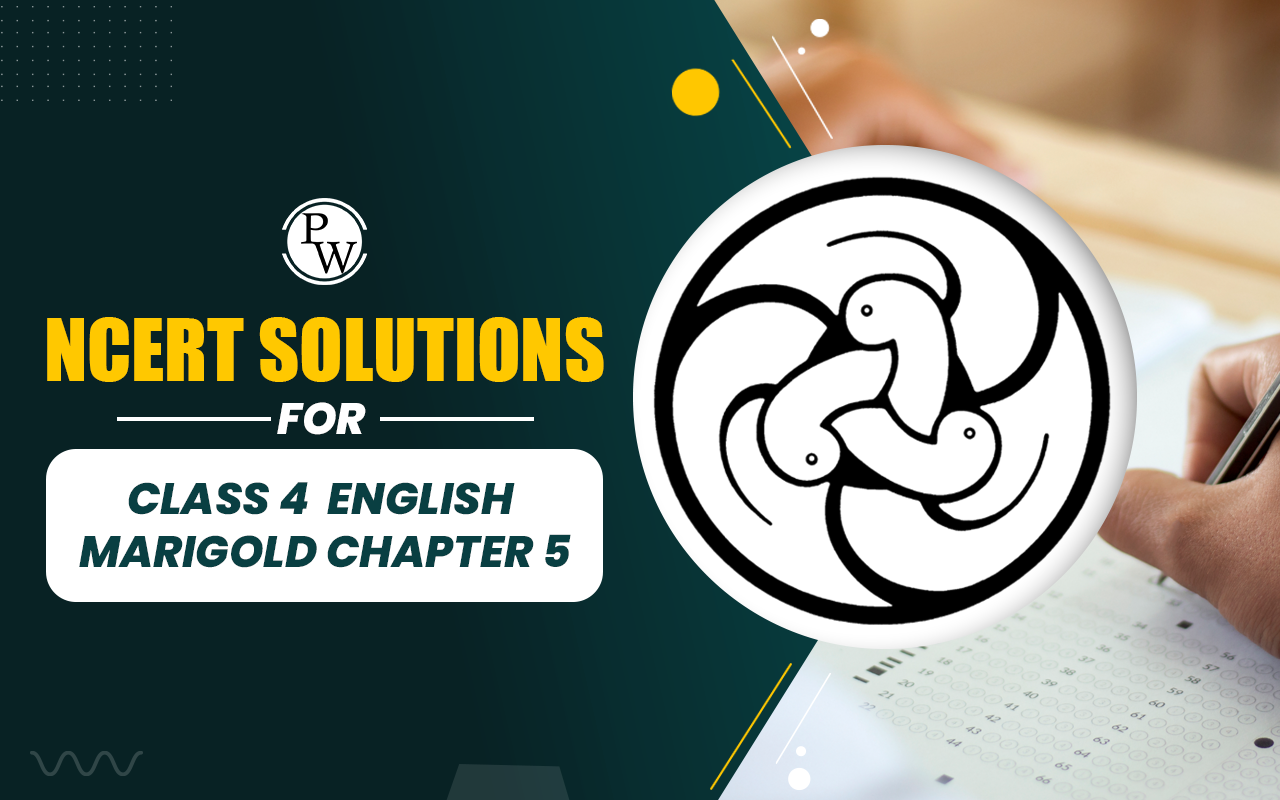
NCERT Solutions for Class 4 English Marigold Chapter 5: This article will help the students with questions related to NCERT Solutions for Class 4 English Marigold Chapter 5. This chapter focuses on understanding various elements of the English language through engaging stories and exercises.
In this chapter students learn different themes and develop their language skills through a variety of activities. The NCERT Solutions for Class 4 English Marigold Chapter 5 provide straightforward and easy-to-follow answers to the chapter’s exercises. By using these solutions students can enhance their comprehension of the chapter's content and improve their grasp of English language concepts.Download NCERT Solutions for Class 4 English Marigold Chapter 5 PDF
Reading is Fun
1. “Something is wrong,” said Helen’s mother. What was wrong with Helen?
Answer.
Helen's mother noticed that something was wrong because Helen was born without the ability to hear or see.2. Although Helen could not hear or see, what kind of girl was she?
Answer.
She was a smart and bright little girl. Despite her challenges, she displayed a keen intelligence and a spirited personality.3. Who agreed to help Helen?
Answer.
Miss Sullivan, a young teacher, agreed to help Helen learn to perceive and understand the world around her.4. How did Miss Sullivan help Helen?
Answer.
Miss Sullivan helped Helen by teaching her many words through the use of hand signs, allowing her to communicate and understand the world around her.5. What did Helen learn when the teacher put her hand into the running water?
Answer.
When the teacher put Helen’s hand into the running water, Helen learned the word "WATER." She understood that water was something wet and running over her hand, which helped her connect the word to the physical experience.6. What was the most important thing that Helen finally understood?
Answer.
Helen finally understood that words were the most important things in the world. She realized that words could convey everything she wanted to know and helped her connect with the world around her.Let’s Talk
1. Using sign language, make these letters with your hand.
‘C’, ‘H’, ‘E’, ‘K’.
Answer.
Do it yourself.2. Spell these words through hand signs.
(a) Helen (b) was
Answer.
Do it yourself.3. How do people who cannot see, read?
Answer.
People who cannot see read using Braille, a special system of raised dots that can be felt with the fingers. This allows them to read by touch.4. How do you think you can help children who cannot see?
Answer.
1. Match the two parts of sentences given under column ‘A’ or ‘B’. Add ‘but’ to join the two parts and write complete sentences.
| Column A | Column B |
| (i) Helen lived after her illness | (a) her mother thought she could learn. |
| (ii) She could not see or hear | (b) she did not understand what she was doing. |
| (iii) People thought that she could not learn anything | (c) she could not hear or see. |
| (iv) Helen copied the words | (d) she was kind to Helen. |
| (v) Miss Sullivan was strict | (e) she was very intelligent. |
Answer.
(i) Helen lived after her illness but she could not hear or see. (ii) She could not see or hear but she was very intelligent. (iii) People thought that she could not learn anything but her mother thought she could learn. (iv) Helen copied the words but she did not understand what she was doing. (v) Miss Sullivan was strict but she was kind to Helen.Team Time
1. Read the following sentences
(a) Her clothes were always dirty. (b) She was often angry. (c) Sometimes she lay on the floor. (d) Her parents never scolded her.2. Ask yourself the following questions. Put a tick mark under the right column.
